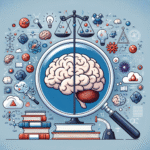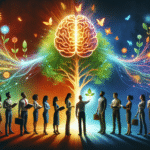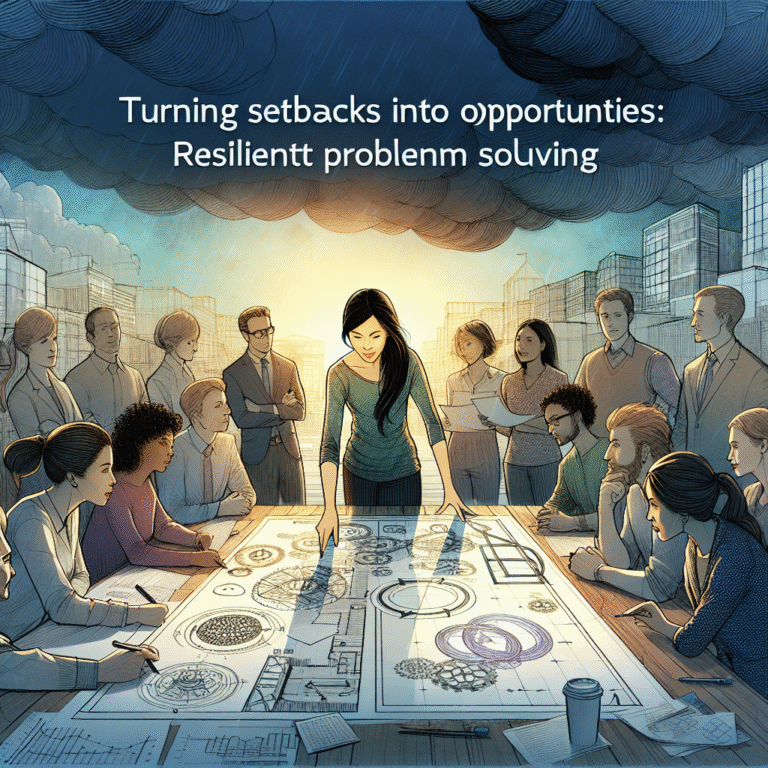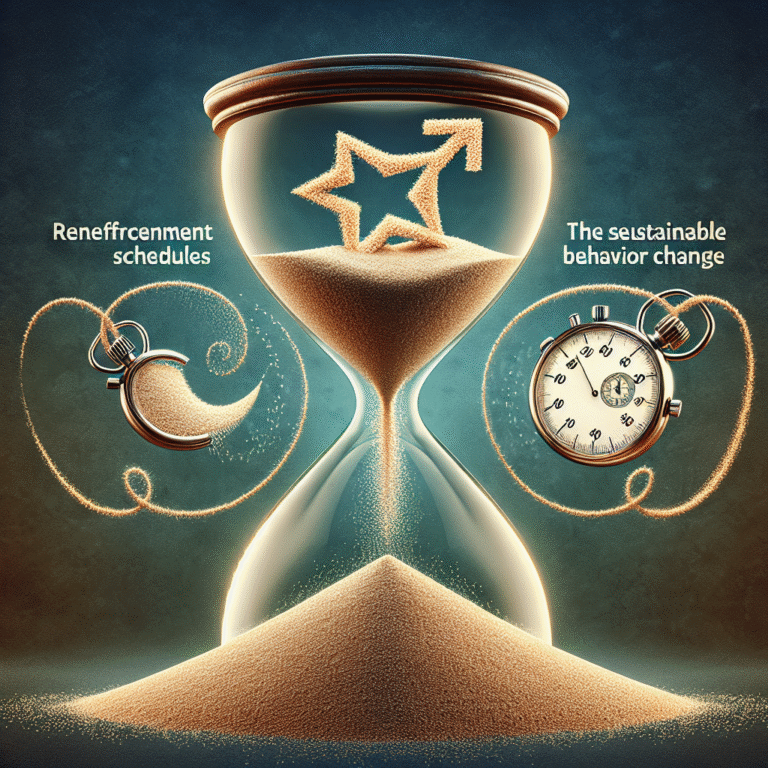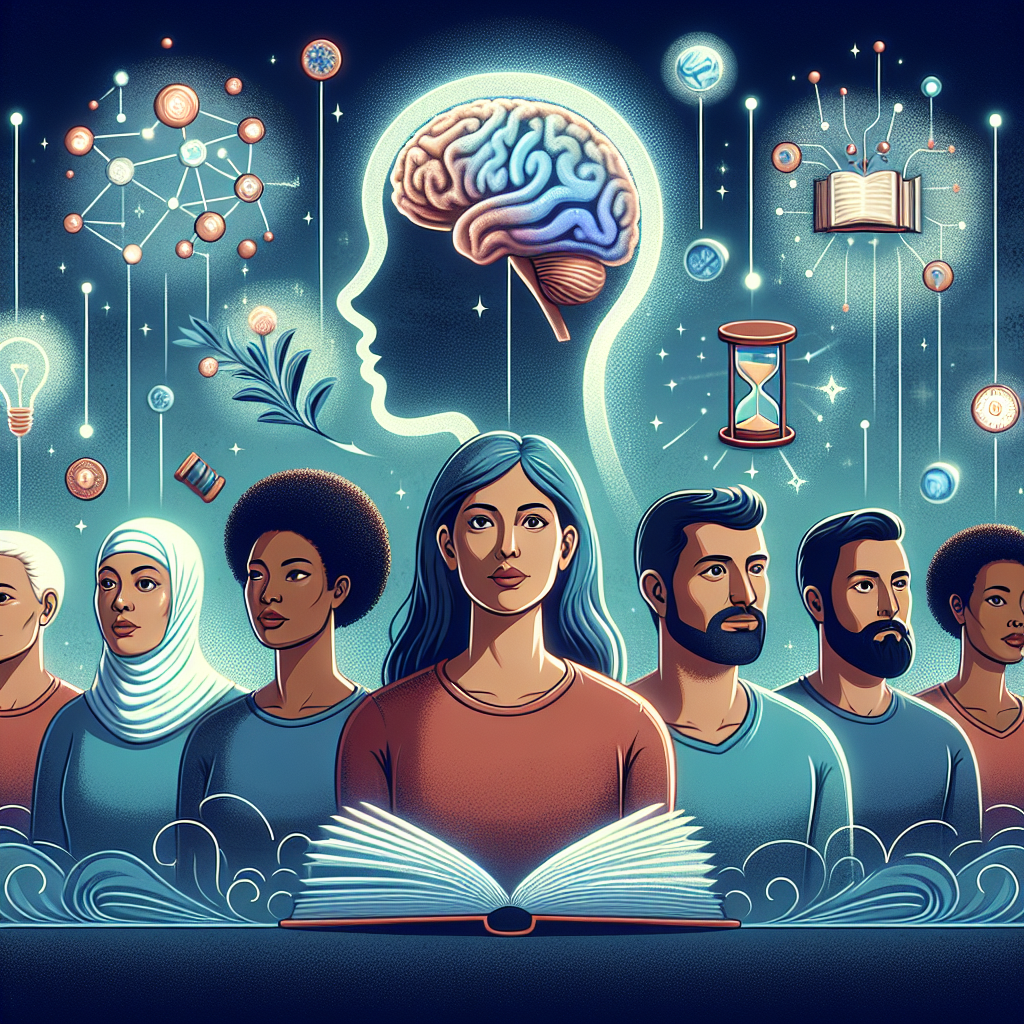
Introduction
Imagine walking into a classroom, the scent of freshly erased chalk lingering in the air, while a wave of nostalgia washes over you as you recall the day you first learned to ride a bicycle or solved a complex math problem. This vivid recollection isn’t just a trip down memory lane; it’s the powerful essence of episodic memory at work. Understanding The Role of Episodic Memory in Learning: What You Need to Know has become essential for educators, psychologists, and lifelong learners alike, given its direct impact on how we acquire, retain, and apply new information.
Episodic memory—a type of declarative memory—encompasses our ability to recall specific events and experiences from our past, forming the bedrock of our learning processes. By weaving our personal narratives with the knowledge we gain, we create a rich tapestry that enhances our comprehension and retention. This article delves deep into the intricacies of episodic memory, offering unique insights into its role in learning, backed by case studies, research, and actionable strategies.
What is Episodic Memory?
Defining Episodic Memory
Episodic memory refers to the system that allows us to store and recall personal experiences. It is the memory of specific events—complete with contextual details such as time, place, emotions, and sensory perceptions. For example, when reminiscing about your high school graduation or the day you first moved into your house, you tap into your episodic memory.
The Importance of Episodic Memory in Learning
When it comes to learning, episodic memory serves multiple crucial functions:
- Contextual Learning: Helps situate new information within a familiar framework.
- Emotional Engagement: Enhances retention through emotional connections.
- Storytelling: Transforms abstract concepts into relatable narratives.
With these functions in mind, we can better grasp The Role of Episodic Memory in Learning: What You Need to Know.
How Episodic Memory Works
The Mechanisms Behind Episodic Memory
Episodic memory involves several brain areas, primarily located in the medial temporal lobe, including the hippocampus. The process can be broken down into three main stages:
- Encoding: The stage where new information is converted into a form that can be stored. This involves attention and often emotional engagement.
- Storage: The maintenance of encoded memories over time. Factors like repetition and association can enhance this.
- Retrieval: The process of recalling stored memories, which can be triggered by cues reminding us of the original context.
Role of Emotion in Episodic Memory
Emotions play a critical role in the encoding and retrieval processes. Studies show that emotionally charged experiences are often remembered more vividly than neutral ones. This is evident in educational settings where lessons infused with passion or real-world relevance tend to stick with learners longer. Recognizing The Role of Episodic Memory in Learning: What You Need to Know involves appreciating how these emotional elements can elevate the learning experience.
Real-World Applications and Case Studies
Case Study 1: Learning with Storytelling
The Experience: In a study conducted by researchers at Stanford University, teachers used storytelling methods to teach complex concepts.
The Outcome: Students who engaged with stories not only displayed higher retention rates but could connect ideas across different subjects.
Relevance: This highlights the profound influence of episodic memory in learning environments, demonstrating that integrating personal narratives with academic content can significantly aid understanding and recall.
Case Study 2: Emotional Context in Education
The Experience: A study on K-12 students involved teaching them about history through immersive activities, including role-playing historical figures.
The Outcome: Students who participated in these activities remembered events more vividly and could better analyze historical contexts.
Relevance: This case emphasizes the role of emotional context in facilitating episodic memory, reinforcing that experiential learning can enhance knowledge retention.
Table: Comparison of Traditional Learning vs. Episodic Learning
| Feature | Traditional Learning | Episodic Learning |
|---|---|---|
| Engagement | Low | High |
| Retention Rates | Moderate | High |
| Use of Emotional Cues | Minimal | Significant |
| Real-World Application | Limited | Enhanced |
| Learning Style Preference | Visual/Auditory Dominant | Kinesthetic/Experiential Focus |
Strategies to Harness Episodic Memory in Learning
1. Incorporate Personal Narratives
Encourage learners to share personal stories related to the material. This not only fosters engagement but also helps them relate their experiences to new concepts, solidifying their understanding.
2. Use Multisensory Learning Approaches
Engage multiple senses during the learning process. Activities that incorporate touch, sight, sound, and even taste can evoke emotions and create stronger memory traces.
3. Create an Emotional Connection
Incorporate emotionally charged content that resonates with learners. This could involve real-world impacts of the material or integrating current events.
4. Encourage Reflection
Promote reflection exercises where learners think back on what they’ve learned, creating connections to their own lives. Journaling is an excellent tool for this.
5. Foster Collaborative Learning
Group discussions and collaborative projects allow students to share episodic memories, enhancing understanding through shared experiences.
The Neuroscience of Episodic Memory
Understanding Brain Structures
The medial temporal lobe, especially the hippocampus, plays a critical role in the formation and retrieval of episodic memories. Damage to these areas can lead to significant memory deficits, underscoring their importance in daily learning activities.
Neurotransmitters in Memory Formation
Neurotransmitters like dopamine enhance the encoding of emotionally significant experiences. Engaging episodic memory often triggers a release of dopamine, thus reinforcing the learning of the associated material.
Chart: Brain Regions Involved in Memory
| Brain Region | Function |
|---|---|
| Hippocampus | Memory formation and retrieval |
| Amygdala | Emotion processing and memory retention |
| Prefrontal Cortex | Decision-making and problem-solving |
Conclusion
Understanding The Role of Episodic Memory in Learning: What You Need to Know equips us with the tools to make learning both effective and enjoyable. By tapping into the narrative nature of our experiences, we create pathways that make information not just memorable but meaningful. Embracing episodic memory can enhance teaching methodologies, leading to better learning outcomes across various contexts.
Remember, education is not simply about rote memorization; it is about creating connections that resonate within us. As lifelong learners, the challenge lies in crafting our experiences—not just for ourselves, but for the generations to come. So, let’s harness the power of episodic memory and transform the learning landscape into one where knowledge is lived, felt, and cherished.
FAQs
1. What is the difference between episodic memory and semantic memory?
Episodic memory refers to personal experiences and events, while semantic memory involves facts and information devoid of personal context.
2. How can I improve my episodic memory?
To enhance your episodic memory, try using storytelling, emotional engagement, and multisensory learning techniques.
3. Can episodic memory be trained?
Yes, like any cognitive skill, episodic memory can be improved through practice, using techniques like visualization and mnemonic devices.
4. How does aging affect episodic memory?
Aging can lead to a decline in episodic memory, causing difficulties in recalling specific events. However, engaging cognitive exercises can help mitigate these effects.
5. What role does sleep play in memory formation?
Sleep is critical for memory consolidation. During sleep, the brain processes and organizes memories, enhancing recall and learning.
By exploring the fascinating dynamics of episodic memory, we better understand how to harness it for deeper, richer learning experiences. From classroom settings to personal development, the implications of episodic memory are profound, paving the way for a future where learning transcends the classroom and becomes a lifelong journey.
